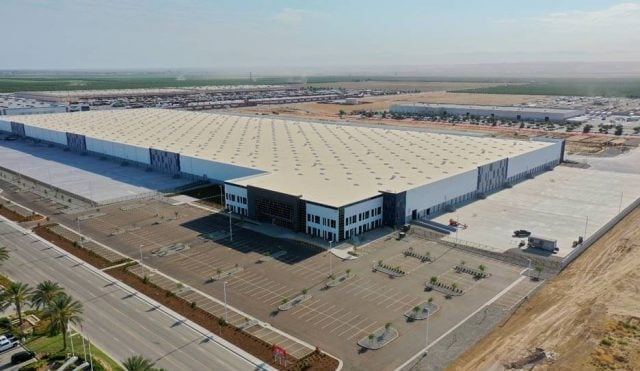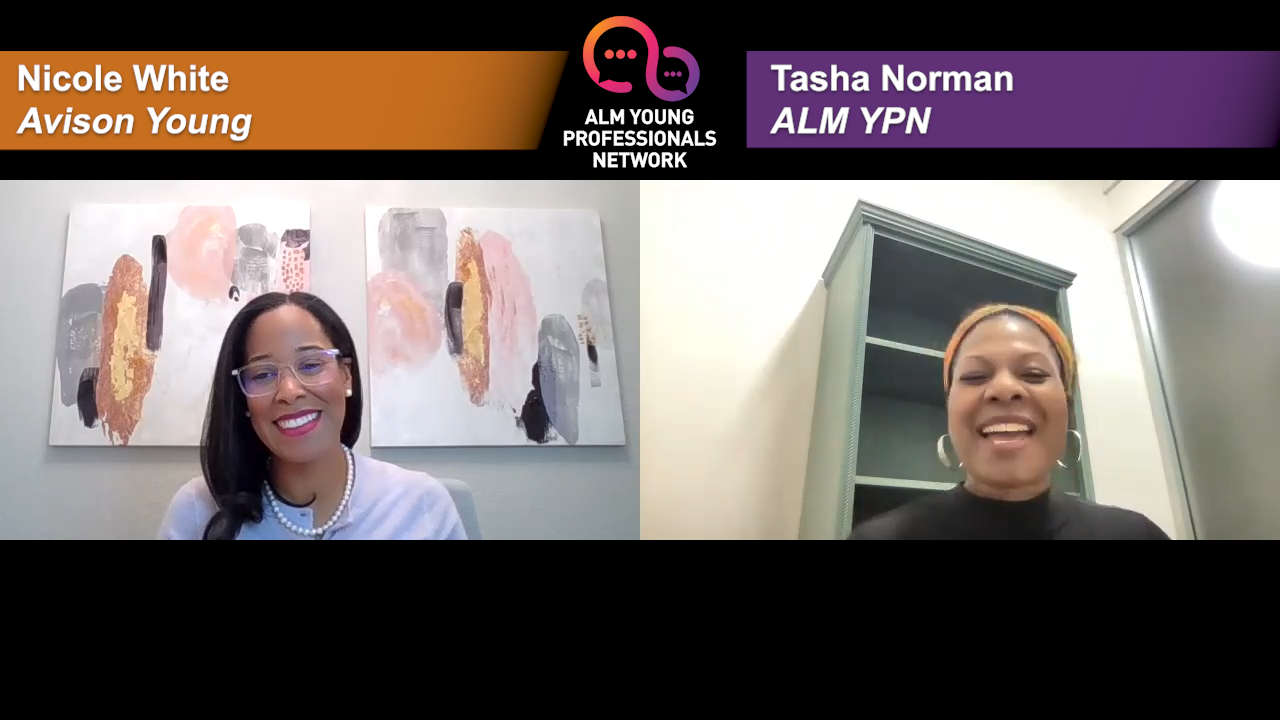MIAMI—Some are calling it the untold story of a how a single man's business principles led to the restoration of Miami's largest real estate building and brand stature. And it's no ordinary building. It's Southeast Financial Center, Florida's tallest and largest office tower and plaza—and the largest in the Southeast at 1.225 million square feet.
That man is JLL senior vice president Donald Cartwright. At the height of what was the worst economic downturn this modern generation has seen, it didn't come as a surprise to Cartwright that the largest real estate asset in Miami was about to implode.
In part one of this two-part exclusive interview, GlobeSt.com caught up with Cartwright to take a look back on what was then the Wachovia Financial Center and the initial steps he took to reposition the tower. Be sure to come back this afternoon for part two, in which Cartwright will discuss his views on another round of overbuilding and the lessons he learned from the last crash.
GlobeSt.com: What was the state of the market, and Southeast Financial Center, in 2009-2010 and what did that situation have on the building and its leasing and management teams?
Cartwright: Four to five years ago, the economy was in peril. Businesses were shrinking, financial markets were crumbling—and Miami, which overbuilt in the boom with tremendous hubris, was now experiencing an excessive oversupply of new space while the local tenant base was shrinking and few new businesses were entering the market.
To entice these tenants to the new buildings, ownership extended huge discounts and concessions. Oftentimes, to further cost reductions, tenants took less space than previously occupied.
Southeast Financial Center, formerly named Wachovia Financial Center, saw its largest departure, Bilzin Sumberg Baena Price & Axelrod. Shortly thereafter Wachovia—in transition of becoming Wells Fargo—which was the building's namesake tenant, elected to lease 90,000 square feet at Met II and was granted naming and top of building signage rights.
The press was having a field day covering the seismic shift in tenancy at Southeast Financial Center. The fact was, Wells Fargo's lease at Southeast Financial Center still ran through 2017 with no negative financial impact and leaving plenty of time to backfill the space as the economy recovered.
Despite the fact that with no debt and over 1 million square feet leased, the perception in the marketplace was that the property's stability was being threatened. Collectively, Southeast Financial Center's ownership, leasing, and management teams were faced with the challenge of rebranding and repositioning the building for lease up to evade its impending demise.
GlobeSt.com: There were several new buildings coming online during that period which coincided with a serious national and local economic downturn resulting in lucrative competitive offers made even more alluring to tenants influenced by a "flight for new" mentality. How did you respond?
Cartwright: First, we went out to the market and educated the public of the attributes of the property. Secondly, ownership strategically and aggressively invested in the asset with multimillion-dollar capital improvements, including lobby renovations, technological enhancements, and a newly-designed and activated plaza home to locally iconic retail and tenancy.
We also worked to make Southeast Financial Center the very first building in Miami to be Certified LEED Gold for an existing building operations and maintenance. The results of these initiatives combined with a strategic leasing approach have allowed us to complete over 673,000 square feet of lease transactions since 2011.
GlobeSt.com: How much of an advantage was the experienced gained during previous economic cycles? And did it lend to your current success?
Cartwright: It gave me the confidence to avoid reducing the asking rates in spite of what other competitors were doing. We certainly increased concessions and had to negotiate discounts off the asking rent, but I worked even harder to convey the features and value that distinguish Southeast Financial Center.
Setting an asking rental rate that can be justified by the cost and quality of a building will gain more appreciation and respect from tenants for concessions and discounts as well as the asset itself. As a result, we still led the market in effective rents achieved.
The experience proved especially effective last year when navigating the complexities of three simultaneous lease transactions affecting nine floors of space requiring one tenant relocation, two downsizing renewals and one new lease of 70,000 square feet with all deals affecting each other. Each of the affected tenants had at least three years on their existing leases with a combined total square footage of 178,000 square feet.
Be sure to come back this afternoon for part two of this exclusive interview.
Continue Reading for Free
Register and gain access to:
- Breaking commercial real estate news and analysis, on-site and via our newsletters and custom alerts
- Educational webcasts, white papers, and ebooks from industry thought leaders
- Critical coverage of the property casualty insurance and financial advisory markets on our other ALM sites, PropertyCasualty360 and ThinkAdvisor
Already have an account? Sign In Now
© 2024 ALM Global, LLC, All Rights Reserved. Request academic re-use from www.copyright.com. All other uses, submit a request to [email protected]. For more information visit Asset & Logo Licensing.








